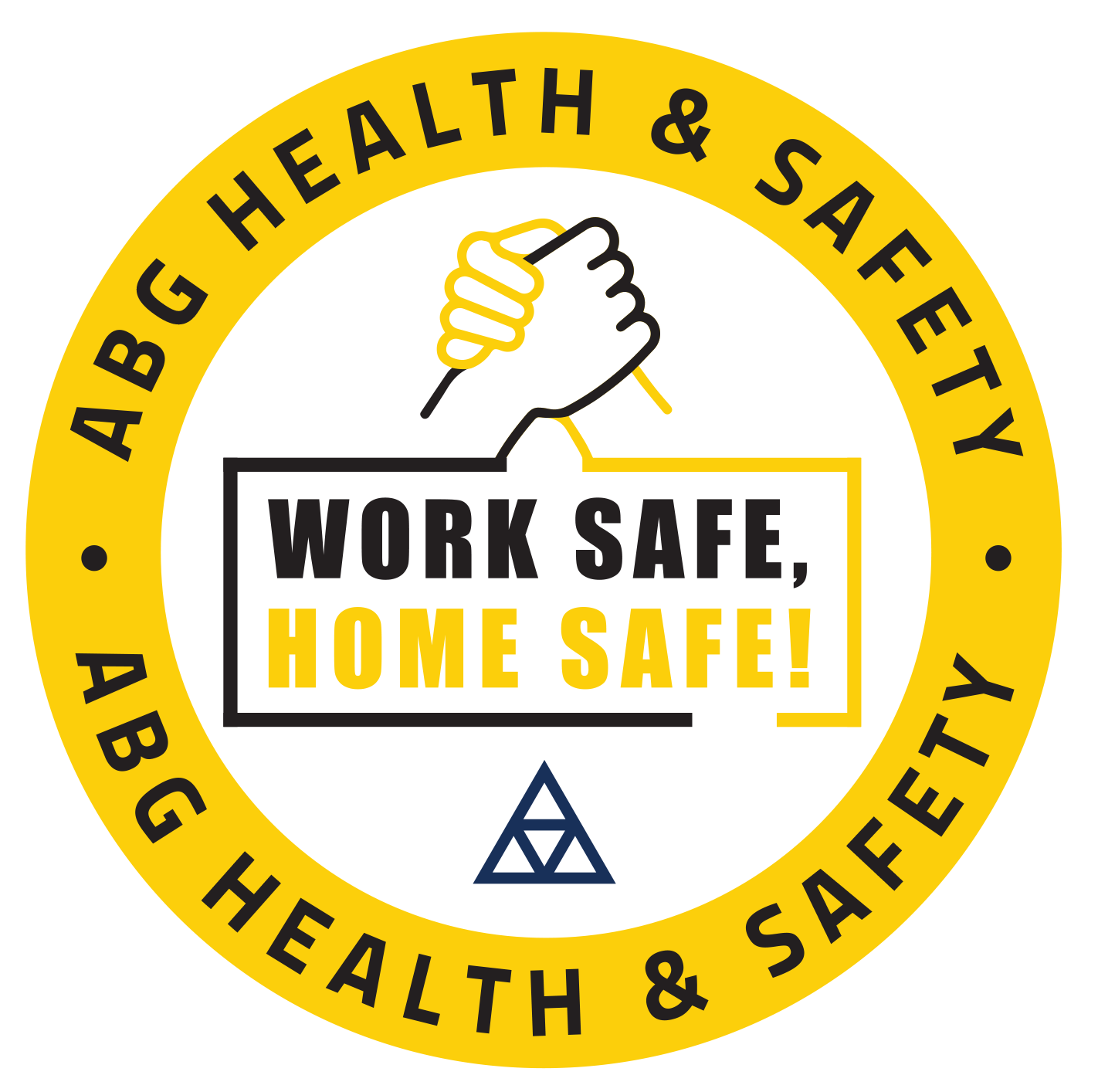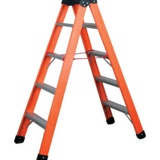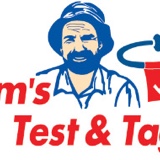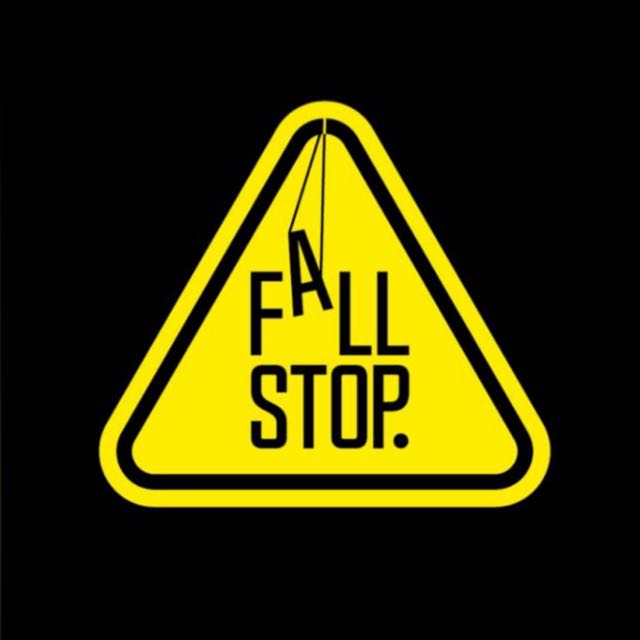Information
-
Document No.
-
Audit Title
-
Ladder site or owners
-
Conducted on
-
Prepared by
-
Location
-
Show guidance
LADDER & STEPLADDER INSPECTIONS GUIDANCE
-
This checklist allows the user to record the results of the inspection of ladders and stepladders. It can be used to record the results of one or more inspections. Data handling will become unwieldy the more inspections you record on one form (especially if you take a lot of photographs).
-
This checklist supplements user checks carried out:
at the beginning of the working day; and
after something has changed (eg dropped, moved from a dirty area, etc) -
DEFINITIONS
STILES - the vertical runners around which the rest of the ladder is constructed.
STILE FEET - the bit at the end of the ladder stile that is in contact with the ground when the ladder is in use - usually plastic 'feet' that are riveted into place.
RUNGS - the horizontal bars on which the user places his or her feet.
LOCK BAR - the horizontal bar on a step ladder than links one set of stiles with the other and limits how far the step ladder can open. -
Further information is available on the HSE web site
http://www.hse.gov.uk/work-at-height/using-ladders-safely.htm
LADDER & STEP LADDER INSPECTION
-
Ladder inspection
-
Ladder description This description is used to link the ladder with the inspection record
-
Ladder reference number (if reference numbers used)
-
Inspection date
-
Type of ladder being inspected
-
The item of equipment may need additional checks - consult the manufacturers or suppliers guidance. Contact UHSE if you would like a modified electronic checklist.
-
Reason for inspection
-
Is the ladder marked with clear and readable CE, EN or BS markings?
-
CE, EN and BS markings provide some assurance that a ladder has been designed & constructed to a suitable standard. Ladder equipment without these markings should be disposed of.
-
Is the ladder free from paint contamination and other contaminants that may mask faults?<br><br>Paint and other contaminants may mask faults or make the ladder slippery during use.
-
Paint contamination
Removing paint is difficult and time consuming; it is probably cheaper to dispose of the ladder and replace it. -
Other contaminants
It may be possible to wash other contaminants off. Withdraw the ladder from service until such time as it has been cleaned and reinspected.
Retain a copy of this record showing the inspection failure (even if remedial action can be completed during the inspection). Failure rate information is important in setting inspection frequencies. -
Are the ladder stiles in good condition?<br>Check that the stiles are straight and are free from dents and splits
-
Ladder stiles that are in poor condition may fail during use with no warning. A repair must not be attempted. The ladder must be disposed of.
-
Are the ladder locking bars / ties in good condition?<br>Check that the locking bars are straight and the bar fixings are in good order
-
Locking bars and ties that are in poor condition may fail during use with no warning. A repair must not be attempted. The ladder must be disposed of.
-
Is the ladder platform in good order?<br>Check that the platform is not split or buckled and is free from contaminants
-
Platforms that are in poor condition may fail during use with no warning. A repair must not be attempted. The ladder must be disposed of.
-
Platforms that are contaminated may make the ladder slippery during use. It may be possible to wash contaminants off. Withdraw the ladder from service until such time as it has been cleaned and reinspected.
Retain a copy of this record showing the inspection failure (even if remedial action can be completed during the inspection). Failure rate information is important in setting inspection frequencies. -
Are the ladder step rungs in good order?<br><br>Check that the rungs are straight and free from dents and splits. Check that the rungs are free from contaminants. If the rungs are fitted with an anti-slip coating, check that this is in good order.
-
Step rungs that are in poor condition may fail during use with no warning. A repair must not be attempted. The ladder must be disposed of.
-
Step rungs that are contaminated may make the ladder slippery during use.
It may be possible to wash contaminants off. Withdraw the ladder from service until such time as it has been cleaned and reinspected.
Retain a copy of this record showing the inspection failure (even if remedial action can be completed during the inspection). Failure rate information is important in setting inspection frequencies. -
Step rungs with missing anti-slip coating may make the ladder more slippery during use. A repair must not be attempted. The ladder must be disposed of.
-
Are the stile feet in good condition?<br>Check that the stile feet are intact and securely fitted. Check that the feet are free from embedded items.
-
Missing or damaged stile feet will make the ladder less stable during use. A repair must not be attempted. The ladder must be disposed of.
-
Items embedded in stile feet will make the ladder less stable during use. Withdraw the ladder from service until such time as the embedded items have been removed and the ladder reinspected.
Retain a copy of this record showing the inspection failure (even if remedial action can be completed during the inspection). Failure rate information is important in setting inspection frequencies. -
Are the ladder fixings and welds in good condition?<br>Check for missing or distorted fixings such as nuts & rivets. Check for damaged or cracked welds.
-
Missing or damaged fixings may cause the ladder to fail without warning. A repair must not be attempted. The ladder must be disposed of.
Damaged welds may cause a ladder to fail without warning. A repair must not be attempted. The ladder must be disposed of. -
What is the outcome of the inspection
-
Inspection completed by















